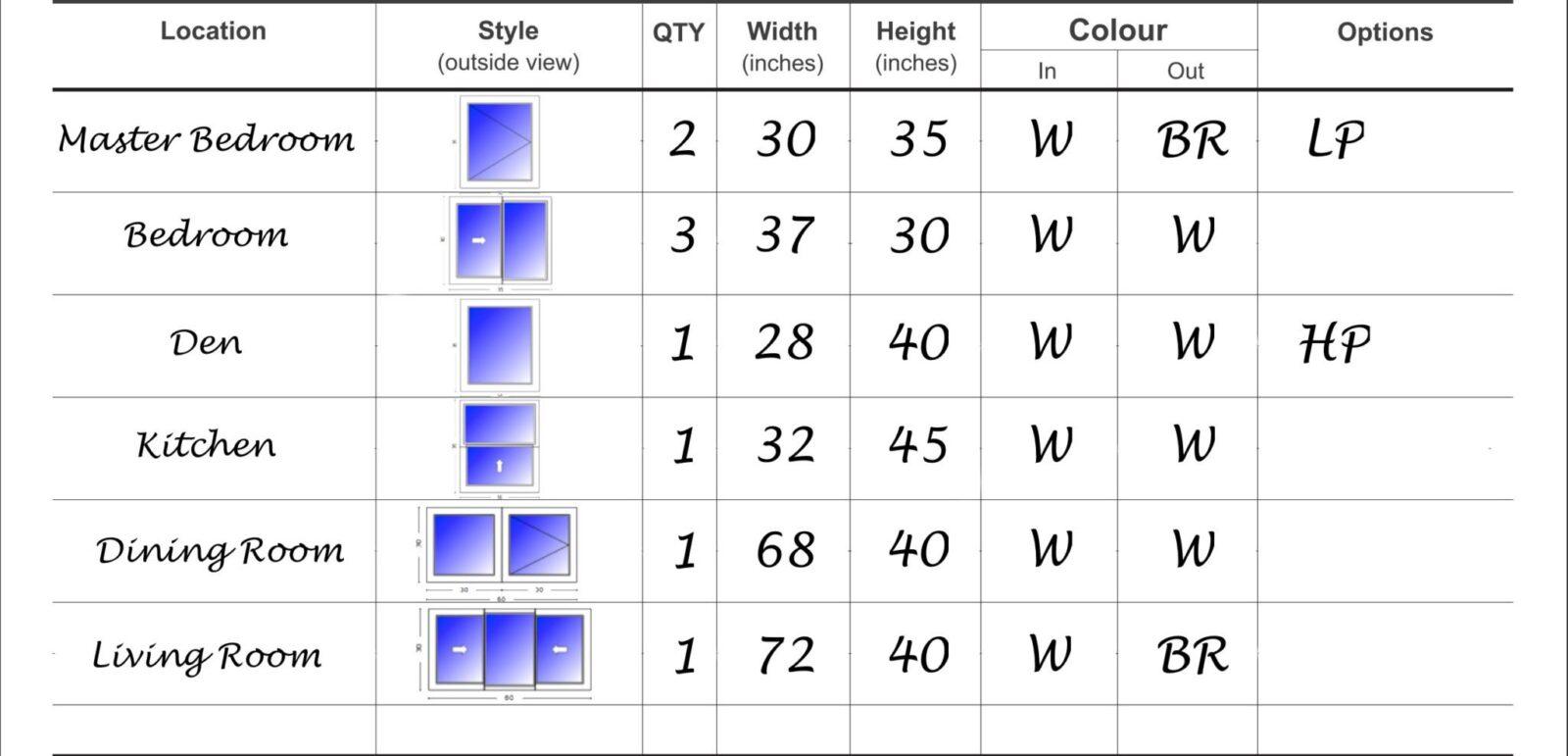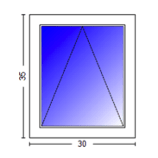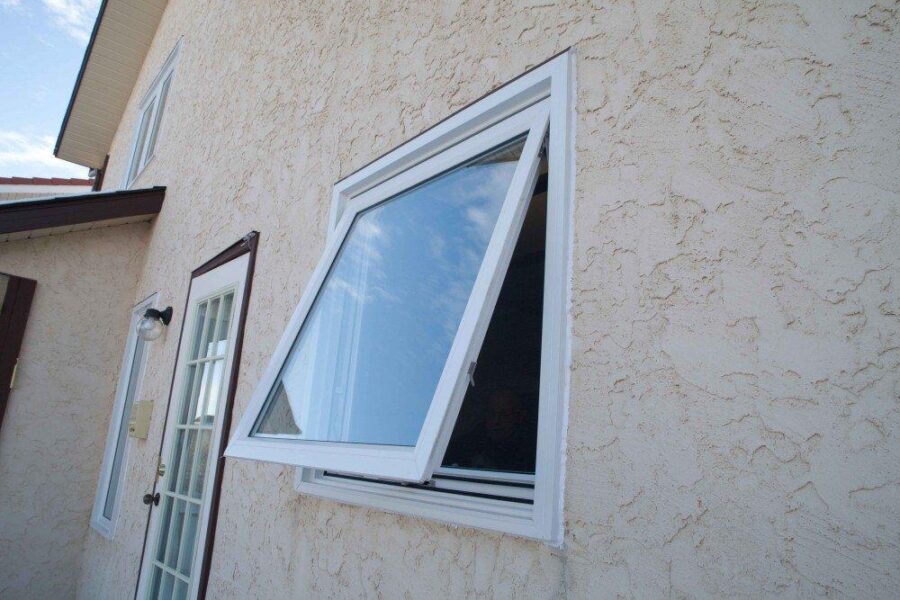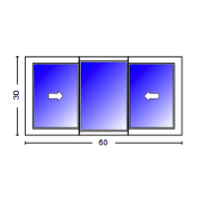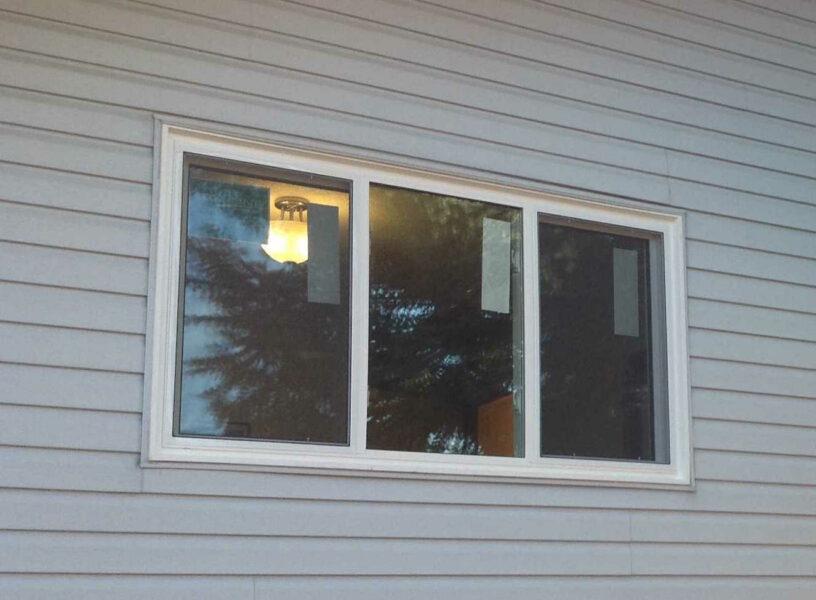Window contracts are an essential document when it comes to ensuring your windows are exactly what you paid for.
They are also the final word in case there is a disagreement between you and the company.
Simple enough, right? Yet time and time again there are customers who sign for something they didn’t completely understand, only to find that it’s futile to argue about not getting something they thought they were entitled to.
The biggest area of contention is often in the product specification listed on the contract. So we thought we’d dedicate a post to discussing what a contract looks like, and what you need to know to understand how to read one.
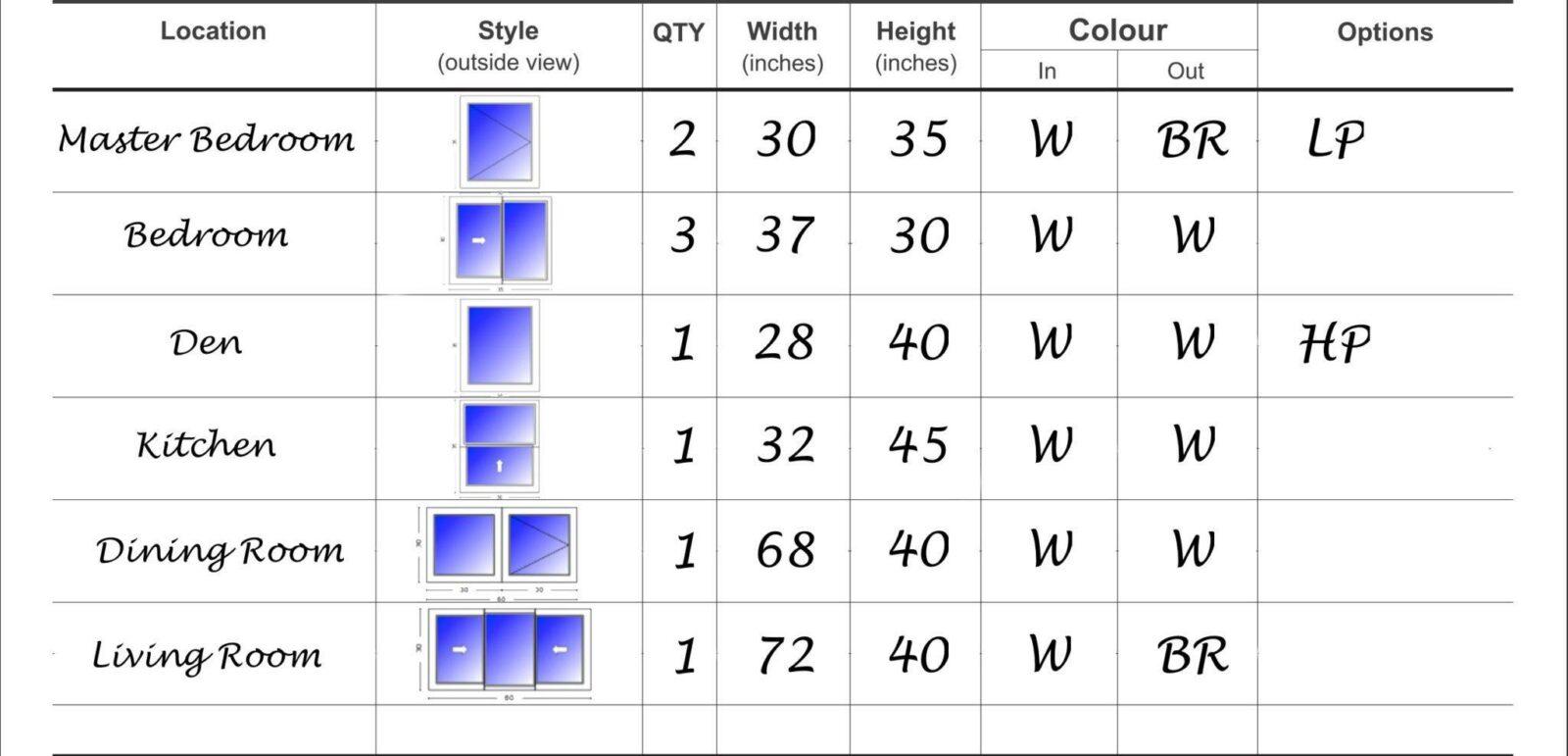
One thing customers often find confusing is understanding the symbols that represent the windows. Notice, in our contract the windows are sketched from the outside view. This is a big first step in understanding the direction of operable windows.
Notice that some windows are labeled with an arrow, and some are labeled with a triangle. The arrow represents a slider window, and which direction the operable sash moves in.
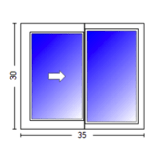
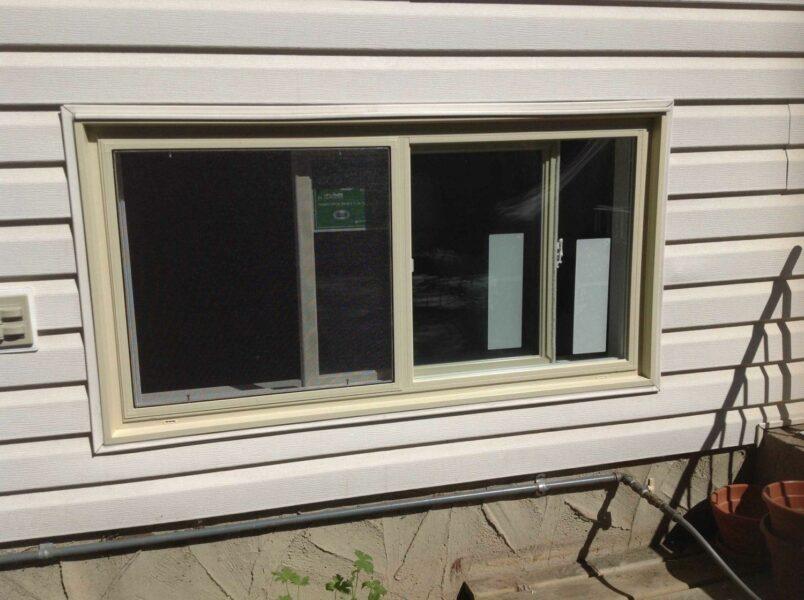
The triangle represents a casement or awning window. The wide end of the triangle is the side of the sash that moves away from the frame.
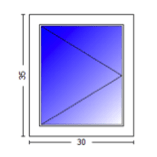
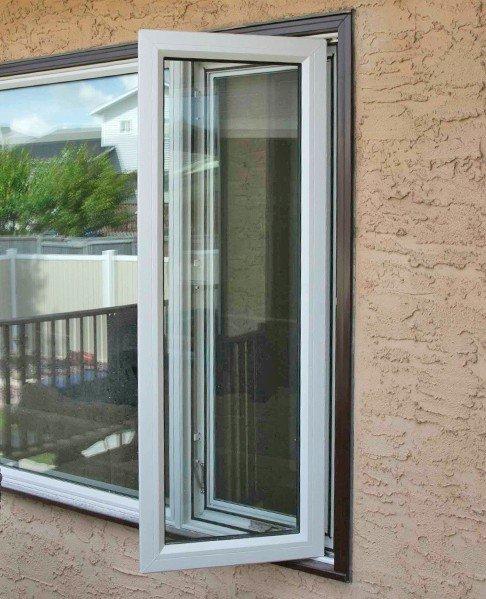
The direction in which the window opens is especially crucial in combination windows.
Check out these diagrams and their corresponding photos:
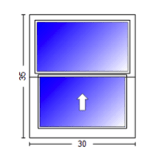
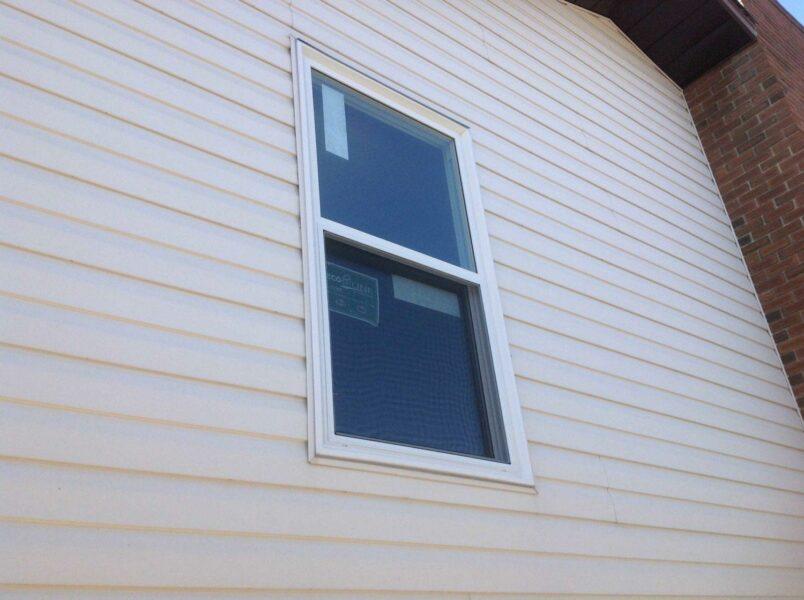
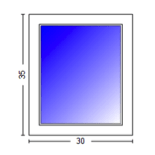
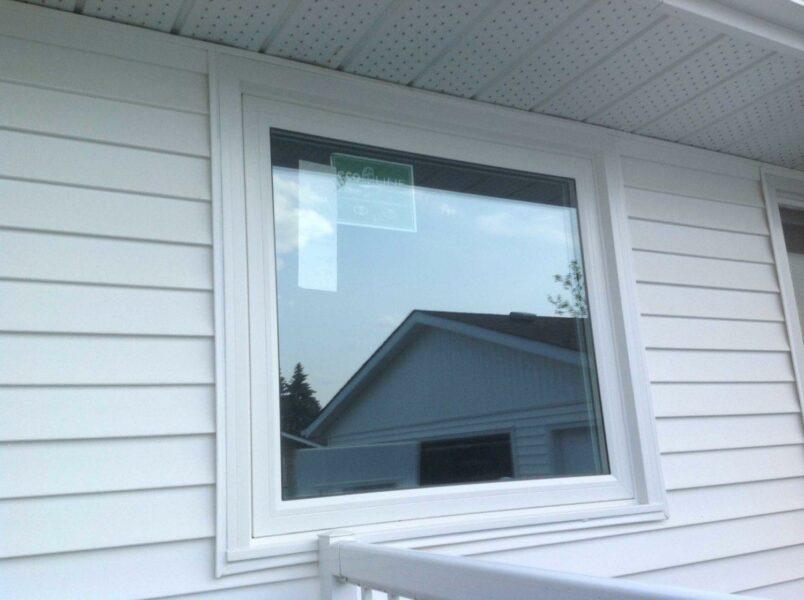
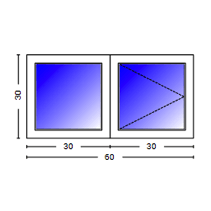
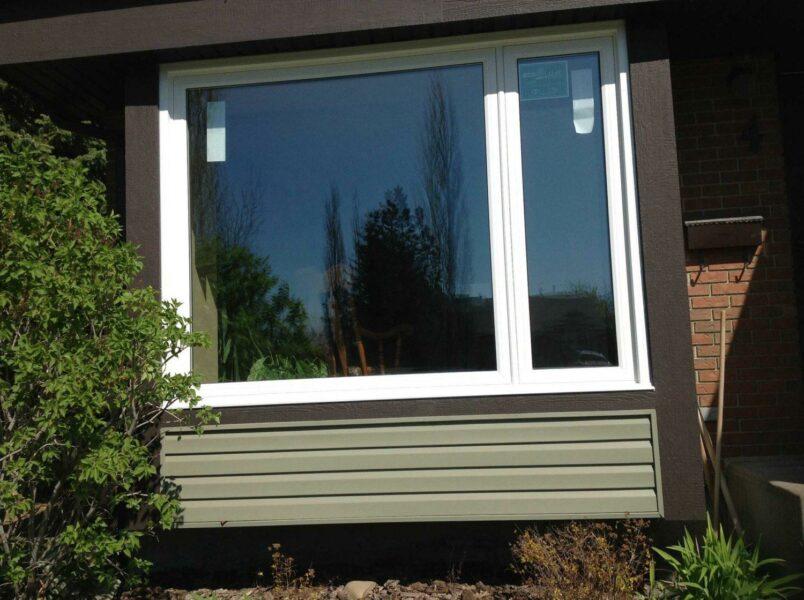
Whether you’re replacing windows to match the style of existing ones or changing all the units in the house you will need to decide on the profile (ie frame height) of the windows. Some windows come in High Profile (HP, also sometimes referred to as Picture) or Low Profile (LP, sometimes referred to as Fixed). Low profile windows have a greater glass surface area and let it in more light. In the end however you really want the frame height that best matches what you already have.
If you are getting a combination window with a casement or awning as a part of it, the fixed part will have to be high profile to match the operable window.
If you are considering an end-vent, slider, circular shape, or hopper window, those styles come in low profile.
Frame profile height is often a point of contention when customers realize they didn’t get the windows they wanted. Always make sure the profile style is specified on the contract, either for the specific windows or for your whole order if all the profiles are identical.
The contract should also specify each window’s exact measurements, the colour of interior and exterior, as well as the location of the window in the house. It is important to put down the location of the window in the event you require service. If your order contains multiple slider windows, for example, you can specify which room the troublesome one is in, so there is no confusion on reordering a replacement.
As you are going through the contract with your project consultant try to visualize what the drawn windows will look like in real life. If it helps you may even want to stand beside the opening and physically act out which parts of the window will open, and in which direction. Though it may sound silly, this will actually help you get an idea of what functionality features each window has, and whether there will be any obstructions to its operation.
Learn everything you need to know about window replacement:
Find out how much new windows should cost
See all our vinyl window styles in one place
Follow the replacement process in our visual INFOGRAPHIC

